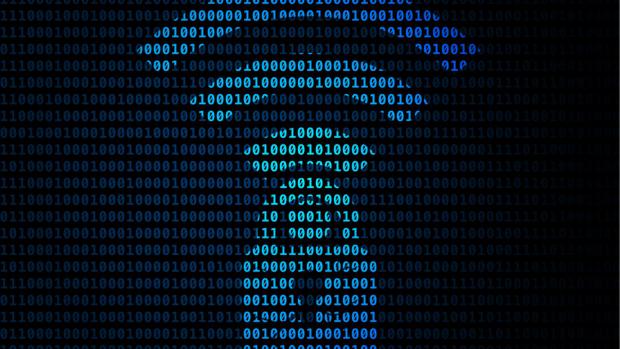
Breaking News
 WATCH: Russia Downs Drone With Laser - Is This The Future Of Drone Defense?
WATCH: Russia Downs Drone With Laser - Is This The Future Of Drone Defense?
 What on earth is Trump up to regarding Ozempic?
What on earth is Trump up to regarding Ozempic?
 Charged with 7 Counts of Espionage for the TRUTH | John Kiriakou
Charged with 7 Counts of Espionage for the TRUTH | John Kiriakou
Top Tech News
 Goodbye, Cavities? Scientists Just Found a Way to Regrow Tooth Enamel
Goodbye, Cavities? Scientists Just Found a Way to Regrow Tooth Enamel
 Scientists Say They've Figured Out How to Transcribe Your Thoughts From an MRI Scan
Scientists Say They've Figured Out How to Transcribe Your Thoughts From an MRI Scan
 SanDisk stuffed 1 TB of storage into the smallest Type-C thumb drive ever
SanDisk stuffed 1 TB of storage into the smallest Type-C thumb drive ever
 Calling Dr. Grok. Can AI Do Better than Your Primary Physician?
Calling Dr. Grok. Can AI Do Better than Your Primary Physician?
 HUGE 32kWh LiFePO4 DIY Battery w/ 628Ah Cells! 90 Minute Build
HUGE 32kWh LiFePO4 DIY Battery w/ 628Ah Cells! 90 Minute Build
 What Has Bitcoin Become 17 Years After Satoshi Nakamoto Published The Whitepaper?
What Has Bitcoin Become 17 Years After Satoshi Nakamoto Published The Whitepaper?
 Japan just injected artificial blood into a human. No blood type needed. No refrigeration.
Japan just injected artificial blood into a human. No blood type needed. No refrigeration.
 The 6 Best LLM Tools To Run Models Locally
The 6 Best LLM Tools To Run Models Locally
 Testing My First Sodium-Ion Solar Battery
Testing My First Sodium-Ion Solar Battery
 A man once paralyzed from the waist down now stands on his own, not with machines or wires,...
A man once paralyzed from the waist down now stands on his own, not with machines or wires,...
After More Than a Decade, Wi-Fi Security Finally Gets a Major Update

Wi-Fi Protected Access II, commonly known as WPA2, has been the standard for securing wireless networks for over a decade, but cracks are starting to show. The industry is now getting ready for its successor and we might see it in new devices this year.
WPA3 will simplify Wi-Fi configuration while providing improved security and data encryption, announced the Wi-Fi Alliance, a standards organization whose members include Apple, Microsoft, Intel, Samsung, Cisco and other major technology companies.
One notable feature of the new standard is that it will protect Wi-Fi connections even when users choose a weak password that "falls short of typical complexity recommendations." This means it will likely include defenses against brute-force dictionary-based attacks, one of the most common methods of breaking into wireless networks.
There aren't any technical details available for WPA3 because the technical specification hasn't been published yet. However, Mathy Vanhoef, an academic researcher from the University of Leuven, believes that the brute-force protection in WPA3 will be achieved by switching to a new key exchange protocol called Simultaneous Authentication of Equals (SAE), or Dragonfly.
A few months ago, Vanhoef found a serious weakness in the four-way handshake of the WPA2 protocol, which is used by clients who know a Wi-Fi network's pre-shared key (password) to negotiate an encryption key with the access point. There are patches to mitigate Vanhoef's attack, dubbed KRACK, but it wouldn't be surprising if the Wi-Fi Alliance opted for a more robust key exchange mechanism in WPA2's successor.

 The Hidden World War
The Hidden World War

